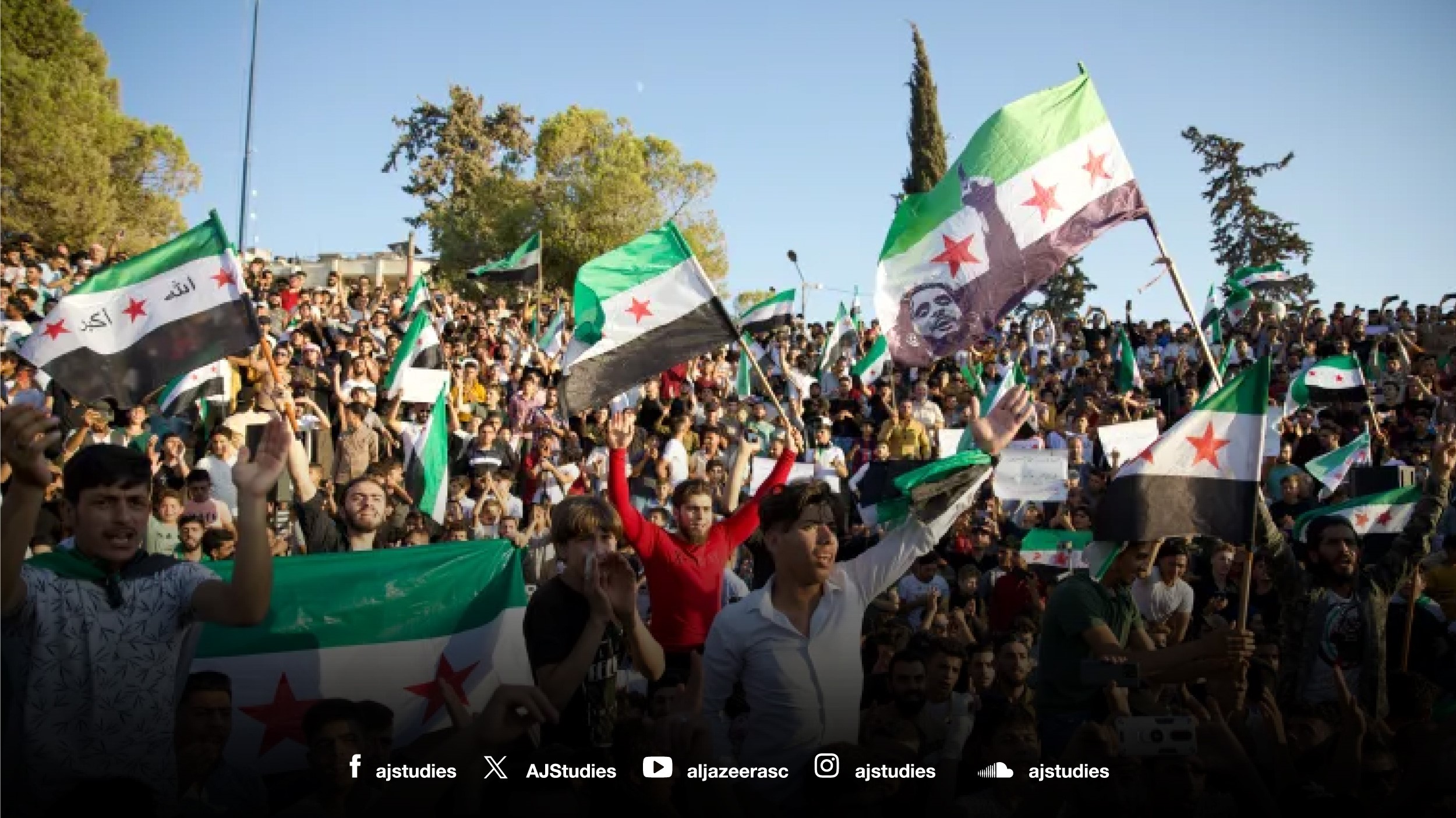
Syria is currently witnessing a wave of unrest stretching over a vast arc from the north to the east and south of the country. Involving different actors with various grievances and goals, these evolving dynamics could portend changes on the horizon in local and regional balances of power.
In the regime stronghold of Sweida in the south, what started as a strike in mid-August by drivers over fuel price hikes has morphed into protests across the province, with protestors demanding urgent action to address the dire economic situation, deteriorating living standards and corruption. The protests initially received the support of the Druze religious establishment. In contrast to its response to the 2011 demonstrations, the regime did not meet these protests with violence, but instead sought to divide the religious establishment and sent mediators to attempt to calm the protests, likely to avoid a military confrontation that could put a drain on its resources. A violent clash would also undermine its much-touted claims of protecting minorities and bringing stability to the south, which could jeopardise its chances of securing vital Arab support.
The crisis in Sweida reflects an erosion of regime authority in the areas under its control, or areas it regained by force, such as the neighbouring Daraa province. While the Sweida crisis is still largely local, it could escalate. For weeks, Daraa has been the site of ongoing protests as well, and activists in the Daraa movement are increasingly coordinating between themselves and offering support to Sweida protestors.
In the east, violent, large-scale clashes erupted in Deir ez-Zor between the US-backed Syrian Democratic Forces (SDF) and Arab tribes. The confrontation was precipitated by the SDF arrest of a member of the Deir ez-Zor military council, a prominent leader of the Uqaydat tribe, but it is an extension of long-standing disputes. The Arab tribes resent the SDF’s domination of military and civilian administration in the region, and are seeking a greater hand in self-governance. Economic woes are also a source of conflict: although the governorate is rich in natural resources, living conditions are poor and the SDF is widely blamed.
During the clashes, the tribes mounted raids on SDF positions in opposition-held areas in the northwest. Although these did not alter the balance of power, they upset the status quo and may in the future serve to curtail the influence of the SDF in the Aleppo and Raqqa countryside.
Meanwhile, military operations have recently been stepped up in the northwest and east. On the frontlines in the northwest, the Tahrir al-Sham group (HTS) carried out at least three operations against regime forces, part of its recent drive to change the military balance of power by taking new territory. In this, it is taking advantage of the reduction in Russian air support for the regime, as Russia has shifted its focus to Ukraine. In the east, the US-led international coalition has also been more active, holding more training exercises with its Syrian partners, increasing weapons shipments, and carrying out several joint operations on the Syrian-Iraqi border in recent months.
Taken together, the recent dynamics in southern and eastern Syria suggest an impeding shift in the distribution of power in these regions and possibly even in areas under regime control. They could also have implications for the regime’s ongoing attempts to normalise relations with Arab states.
Whatever happens in Deir ez-Zor, the clashes may lead the United States to reconsider governance and administration in SDF-controlled areas to avoid further inflaming Arab tribal resentments that could be exploited by the Islamic State or Iran. It may give the tribes a greater role in determining the region’s future at the expense of the Kurdish-controlled SDF leadership, but it is unlikely to be deterred from its counterterrorism operations and support for its partners, which it sees as key to securing the Iraqi-Syrian border and stopping the flow of fighters and weapons. The Deir ez-Zor conflict could also provide an opening for Syrian opposition factions and Turkey to gain ground against the SDF in the future, if they step up support for the tribes.
The balance of power could be shifted in the north and south as well. HTS was able to breach new areas north of Aleppo for the first time, and Sweida could win some regime concessions under Arab pressure in exchange for progress on the normalisation front and the chance to receive much-needed Arab financing.
*This is a summary of a policy brief originally written in Arabic available here.